Palmetto Bluff Real Estate Company Sales Office
Office Hours
Monday-Friday 9am - 5pm
Saturday 9am - 4pm
Sunday 12 - 4pm
Saturday 9am - 4pm
Sunday 12 - 4pm
On a warm summer afternoon in Moreland Village, light streams in the windows of the Conservancy classroom as Michael Smalls and Dino Badger lay out bunches of sweetgrass and curling palmetto fronds. The workshop today is part of The Arts Initiative at Palmetto Bluff ’s Artist in Residence program. Renowned master basket makers, Smalls and Badger’s July visit has been greatly anticipated. They move around the room, equipping each station with a pair of scissors, a “nail bone,” and a small, coiling knot of pine needles—the beginning of a basket. Once everyone has arrived and settled, Smalls begins his story of sweetgrass.
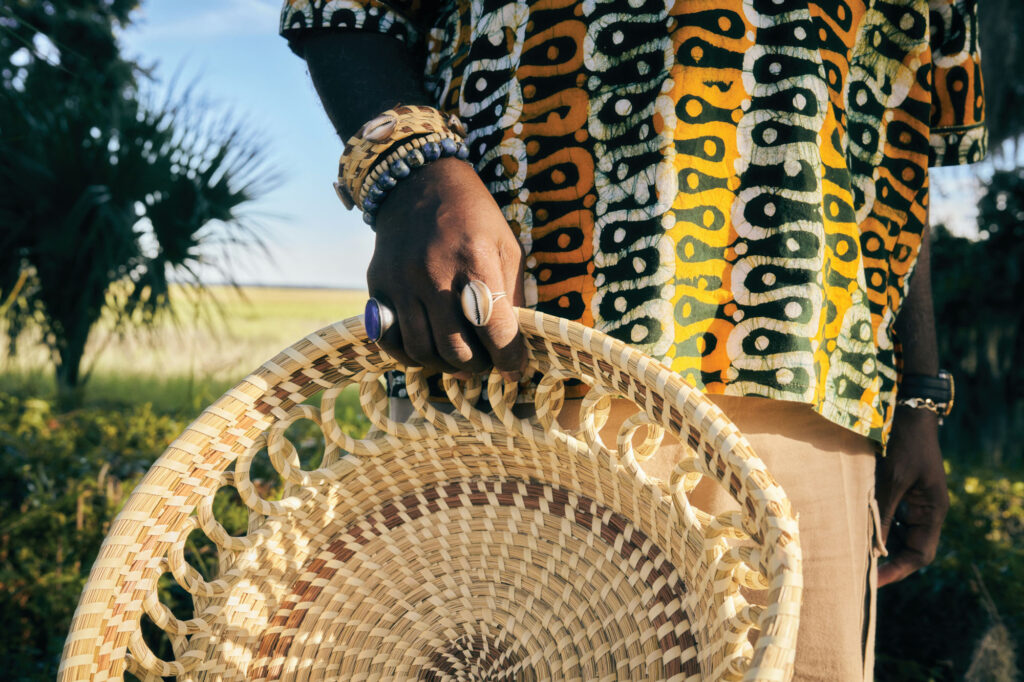
As a young boy, Smalls would sit beneath the shelves of his family’s roadside sweetgrass basket stand in Mount Pleasant. He loved to watch and listen at the feet of his relatives, to play with the dropped strands of sweetgrass and bulrush. Smalls remembers watching their hands and listening to the meandering conversations as his elders made baskets to sell to passersby on Highway 17. He heard stories about September Drayton, his ancestor who was born into enslavement at Laurel Hill Plantation, and how he used wide baskets that were crafted for rice winnowing—“fanners” to toss hulls into the air to separate the lighter chaff from the rice grains. One day his great-grandmother, Lucinda Pringle, said, “If you want to learn, I will teach you.”
Early on, Smalls learned they weren’t “weaving” baskets. “We consider ourselves as sewing, going stitch to stitch,” he explains. The baskets begin as coiled bundles of the fibrous sweetgrass, held in place by sewing through the grass with thin strands of saw palmetto fronds. Tight spirals and loops create a basket’s strength and durability. Smalls didn’t realize it then, but by learning to craft baskets, he would carry on Gullah traditions and skills traced back to western Africa. Young men originally made the larger baskets as a rite of passage, and other work baskets were made to hold vegetables, shellfish, and cotton. He learned that in Africa, animal bones were used for sewing baskets, which were replaced by flattened nails or spoons in the Lowcountry. In Gullah culture, Smalls says the term “nail bone” is still used, no matter the tool. It’s the kind of language carryover that he likes to share with others—a sign of lasting Gullah influence. Smalls explains all this to the quiet room. After a few questions, he stands up to get everyone started. The work is pleasant, and the room falls into a steady hum of sewing. Badger turns on a small boom box, and a steady lineup of old rhythm and blues hits fills the room. Smalls and Badger, wearing traditional African shirts and woven pendants around their necks, have an easy way about them as they travel from table to table, laughing easily as they reverse a misstep or repair a tear.
To sew baskets, they coil bundles of the fibrous sweetgrass, held in place by sewing through the grass with thin strands of saw palmetto frond.
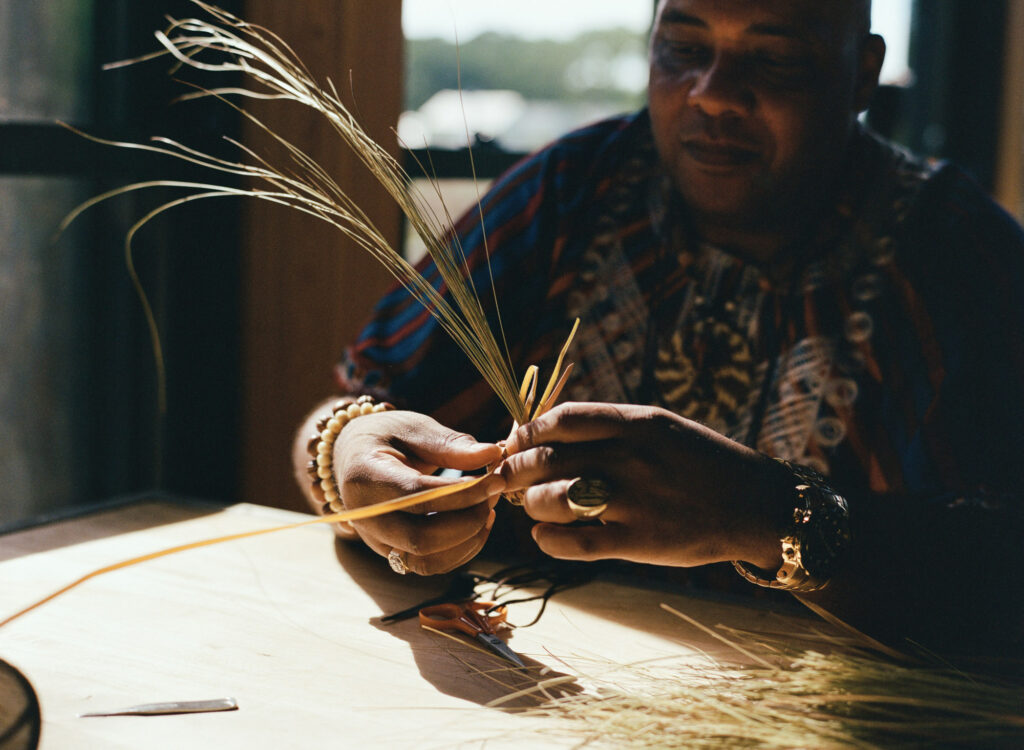
Smalls has focused on sewing baskets for the past couple of decades. He worked as a phlebotomist for the American Red Cross previously, but now he dedicates his time to instructing others about the process and significance of making sweetgrass baskets. Badger has a Brooklyn accent and both urban and Lowcountry credibility. Raised in New York by South Carolina-born parents, he grew up visiting extended family in Colleton County. Badger’s permanent move to the Lowcountry as an adult was a homecoming of sorts. He was eager to learn more about Gullah culture, and when he became intrigued with sweetgrass basket artistry, the left-handed Badger apprenticed with right-handed Smalls, who modified his instruction to be able to teach Badger. “Michael worked it out,” Badger says, “and that’s why he’s a master sewer.”
Smalls didn’t realize it then, but by learning to craft baskets, he would carry on Gullah traditions and skills traced back to western Africa. Young men originally made the larger baskets as a rite of passage, and other work baskets were made to hold vegetables, shellfish, and cotton.
For years now, the men have sewn baskets together. They have been recognized as Gullah elders, and their baskets are displayed in museums and sold in shops and galleries around the country. Smalls and Badger also teach children and adults throughout the Lowcountry, and they’ve traveled widely as educators, including a trip to Rwanda, Africa, to meet and exchange designs and techniques with basket sewers there. It was a deeply profound experience, Smalls says, as the region had suffered a genocide, and people were finding healing and an economic path forward through basketry. That experience strengthened the men’s mission. “We want to help educate and preserve this important art form,” Badger says. Bringing the rich history of Gullah culture to grade school classrooms is a vital part of their work. Teaching about baskets, he says, integrates lessons in language and history, economics, natural sciences, and even geometry. Smalls and Badger hope to encourage young people to continue the craft. “If we can get one or two students inspired,” Smalls says, “we’d know that we could pass on the torch.”
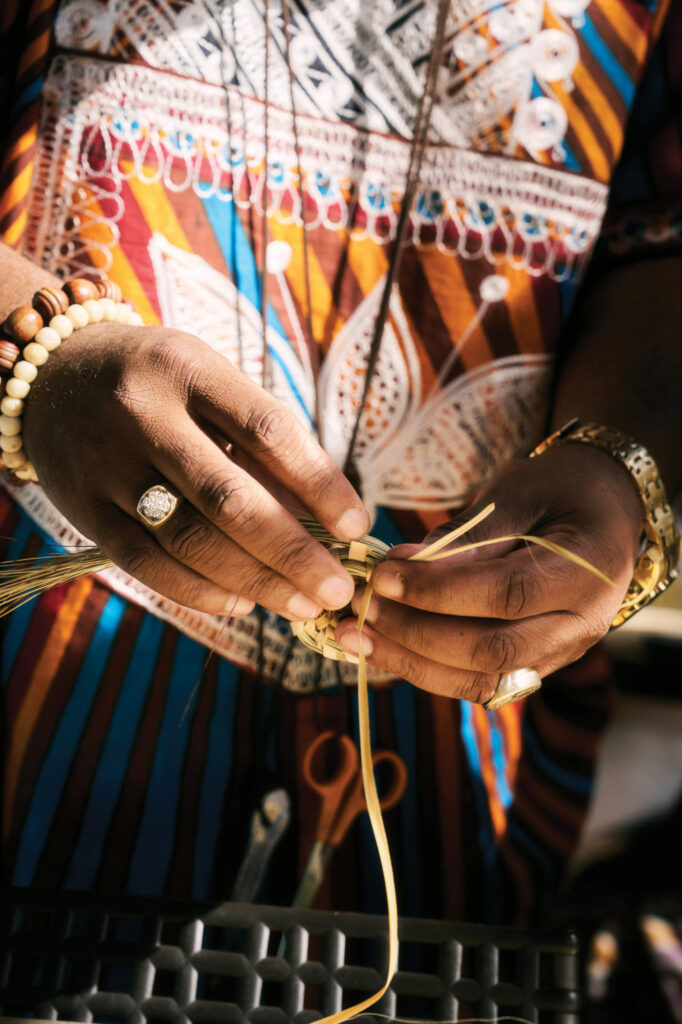
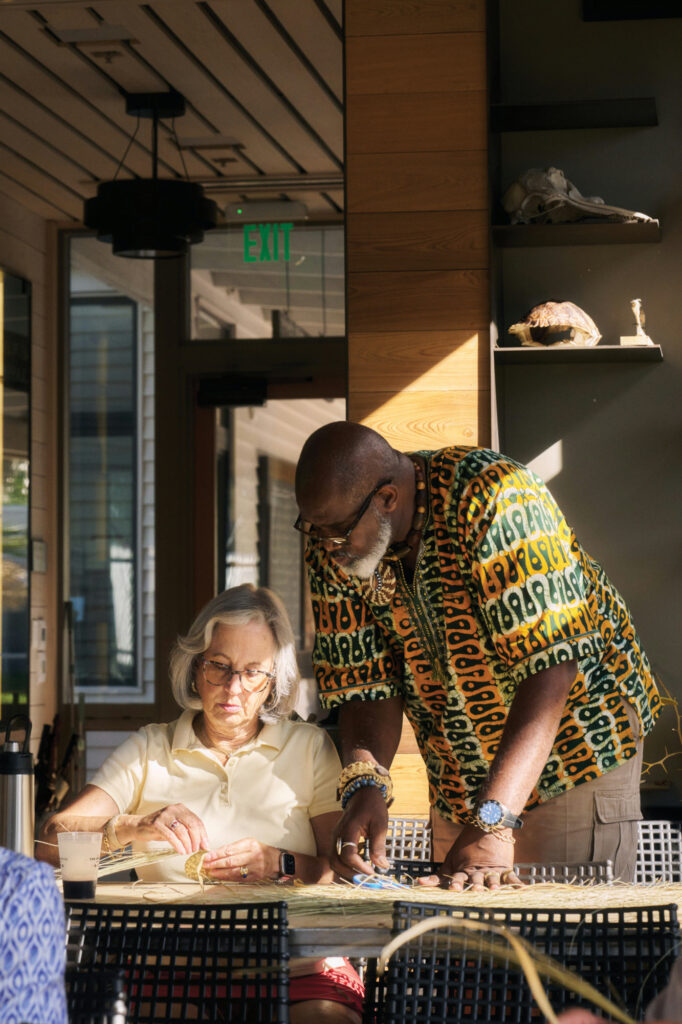
Sewing baskets is also a spiritual endeavor for the men. “Every basket we create, we pray over. We give recognition to God and thank [our predecessors] that they’ve passed this down,” Smalls says. The two often sing Gullah hymns while they work. “Lay down my burden, down by the riverside,” Badger sings, the words and notes floating into the Sea Island air, and he follows with a few bars of the classic “Low down the chariot, let me ride.” Smalls explains each sewn creation “is not just another basket; it’s a piece of love.”
The individual plant fibers are made stronger when sewn together, and these enduring baskets offer valuable lessons, according to Smalls. When he’s sewing a basket or teaching, “that opens a dialogue—where does the basket-sewing come from, how do you do it, what materials do you use? And it gives the opportunity for people to ask hard questions about what our ancestors went through on the plantation.” These are important and essential conversations. All human beings bring differences to the table, Smalls notes, “but we still have so much in common.
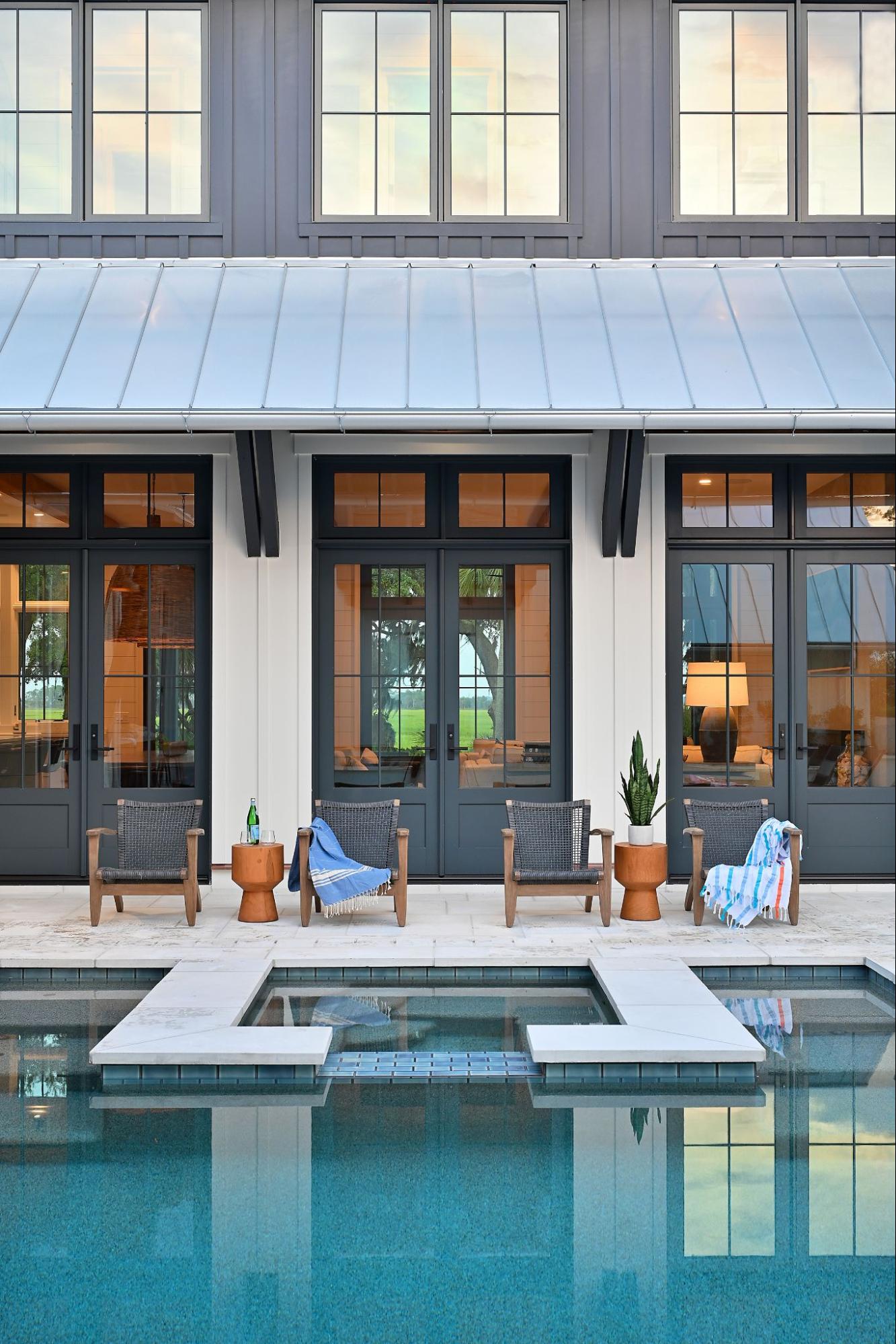
Palmetto Bluff’s Moreland Village feels a world away from the more traditional architecture of the iconi...
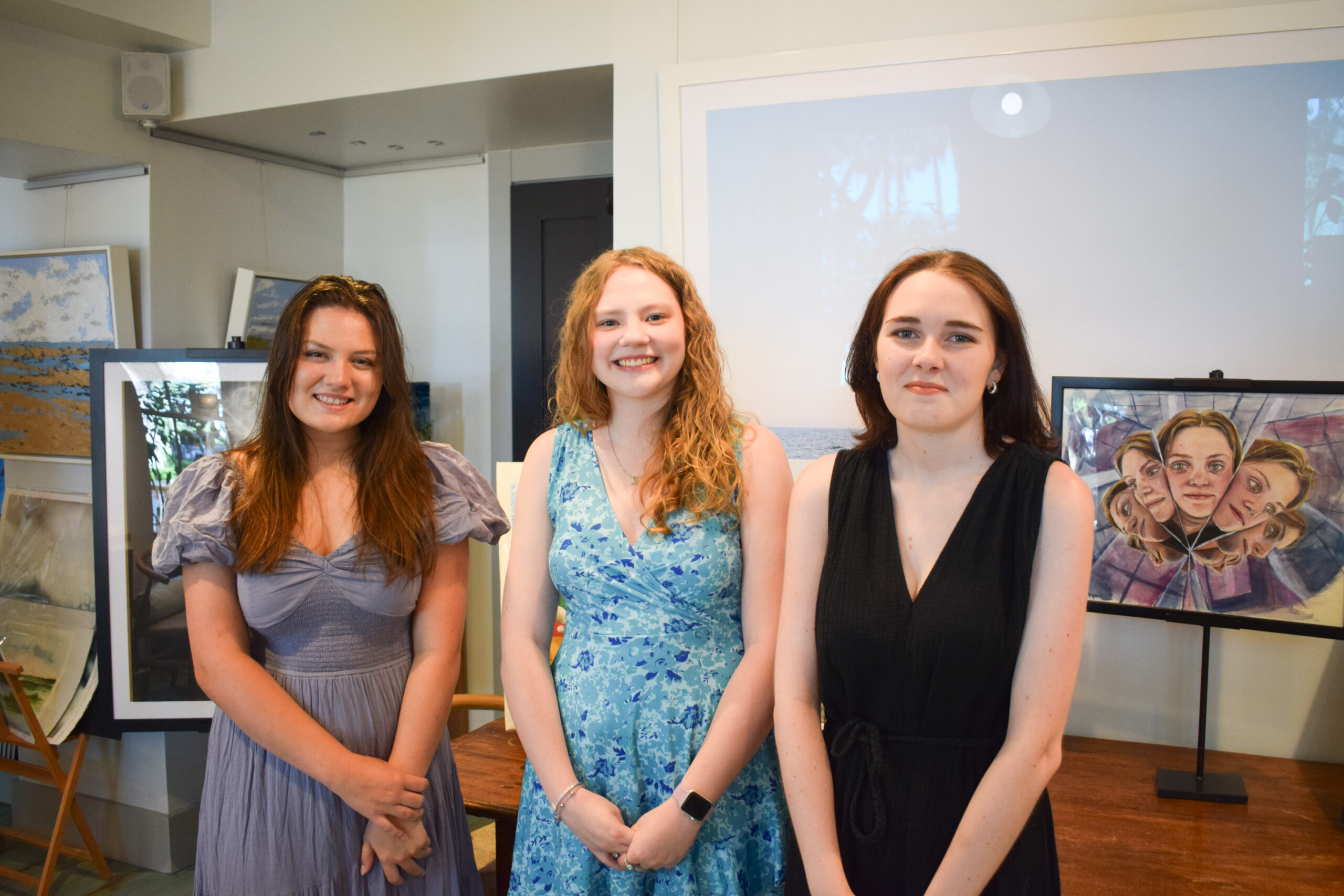
We are thrilled to introduce the inaugural winners of the Inspiring the Arts Scholarship—three extraordinary young women pursuing their artistic dreams through higher education! Katherine Donahue has been named our first official scholarship recipient, wit...
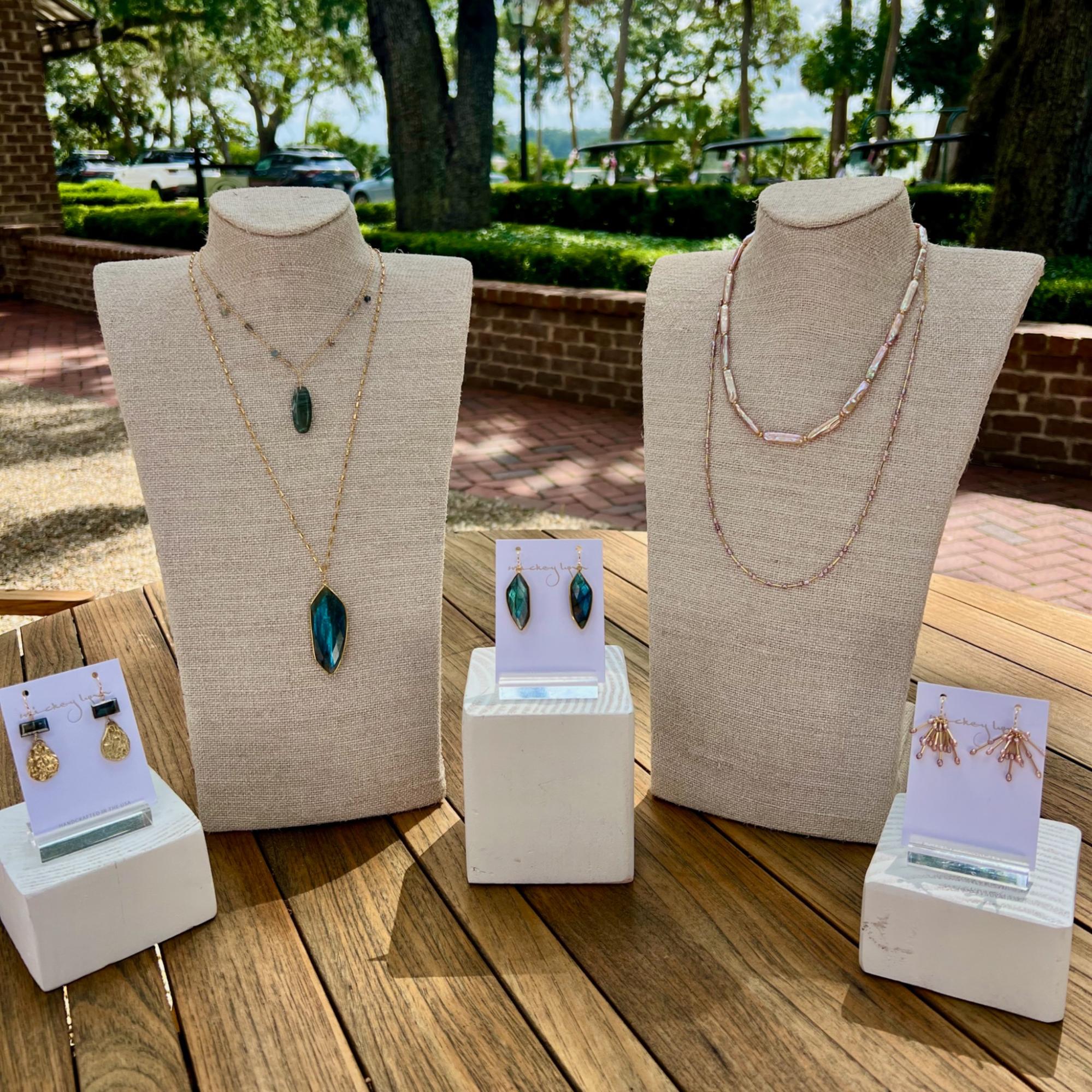
From handmade jewelry to performance wear, the latest arrivals at Palmetto Bluff’s retail spots capture the season in true Lowcountry style. This summer, the Bluff’s shops are full of fresh finds, carefully chosen by our trusted retailers—including FLOW Galler...
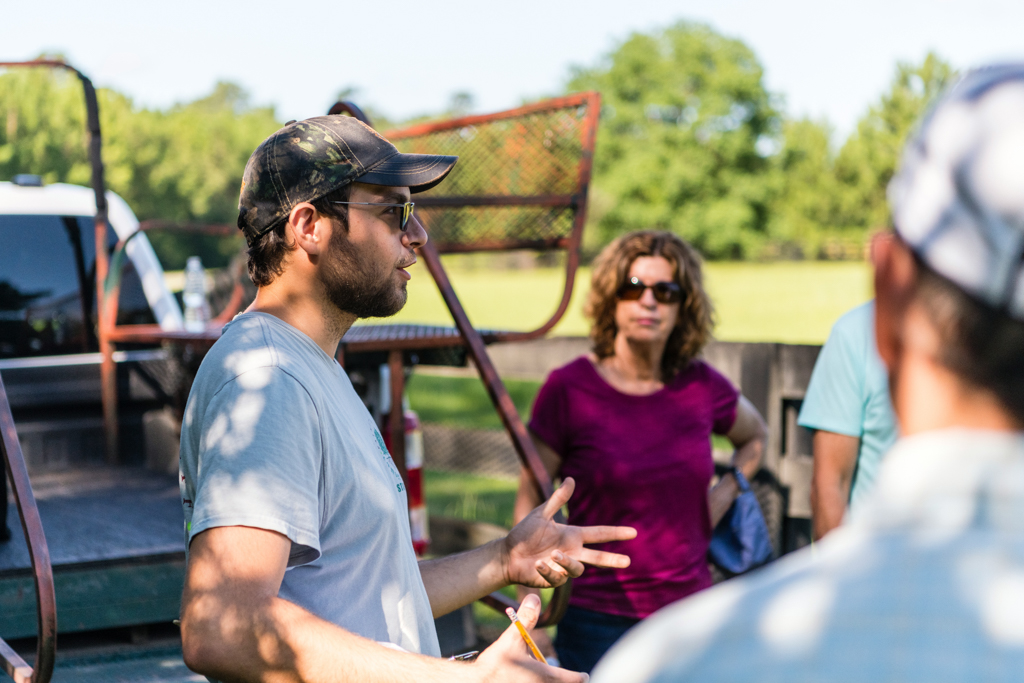
Citizen Science is Thriving at Palmetto BluffDid you know that residents of Palmetto Bluff are playing a vital role in national and global conservation efforts—all from their backyard?Through the Palmetto Bluff Conservancy’s growing Citizen Science programs, c...
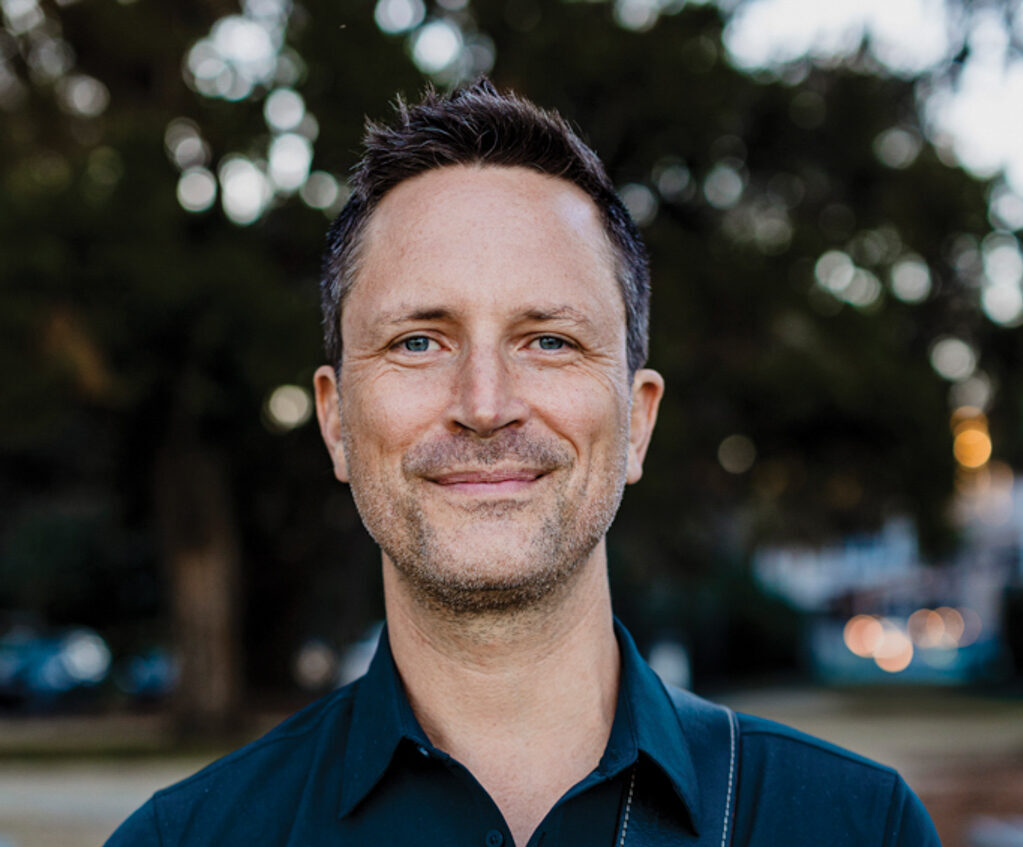
In October 2024, Grammy Award-winning musician Clay Ross visited Palmetto Bluff as part of The Arts Initiative's Artist in Residence Program. Through storytelling and song, he explores identity, heritage, and the universal language of sound. By Barry Kaufman ...
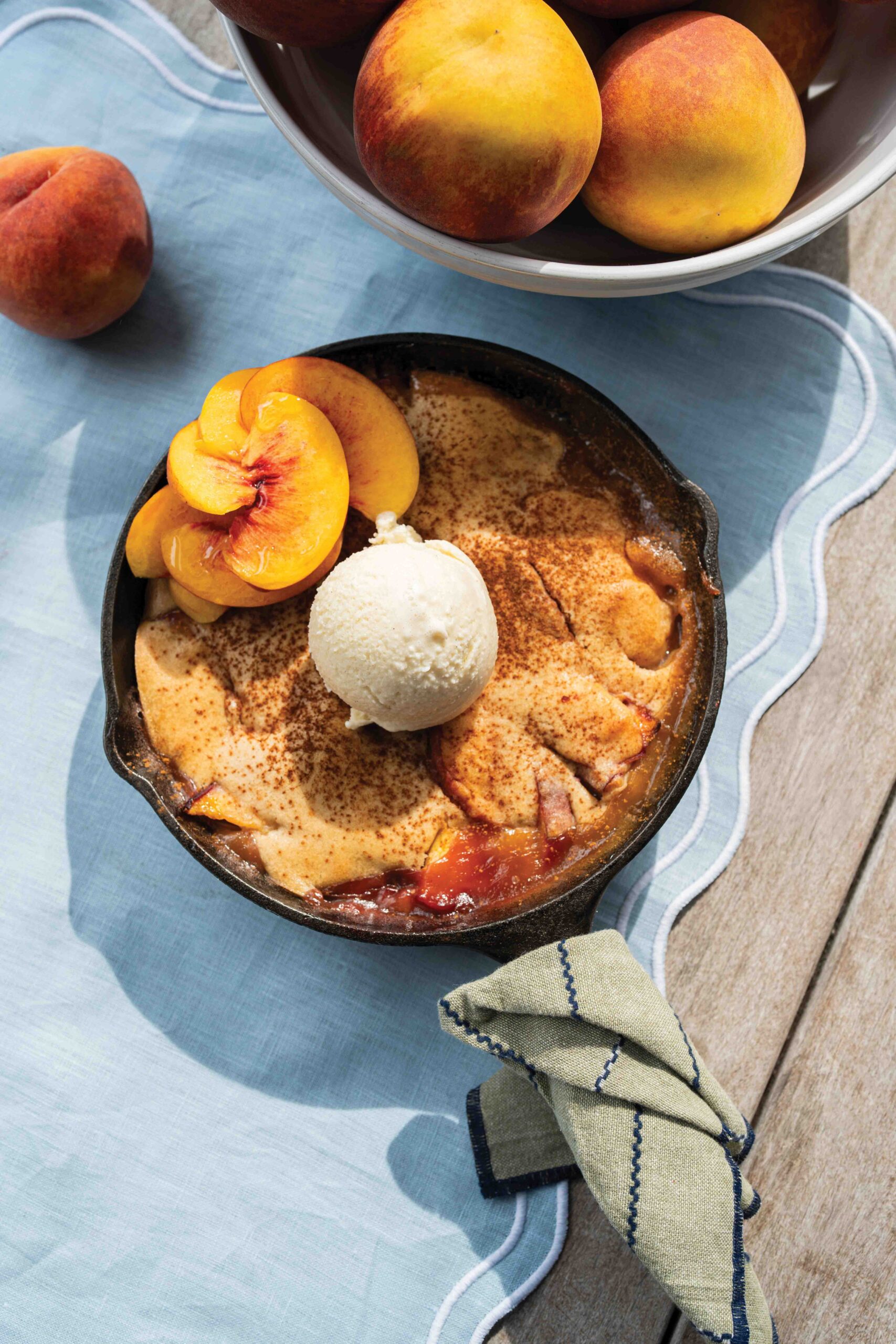
Palmetto Bluff Club Executive Chef Beth Cosgrove and Director of Culinary, Chef Rhy Waddington, Cook Up Four Peachy Recipes for a Summer in the South. Is there anything more iconic than a southern peach? A symbol of summer and Southern heritage, the peach car...
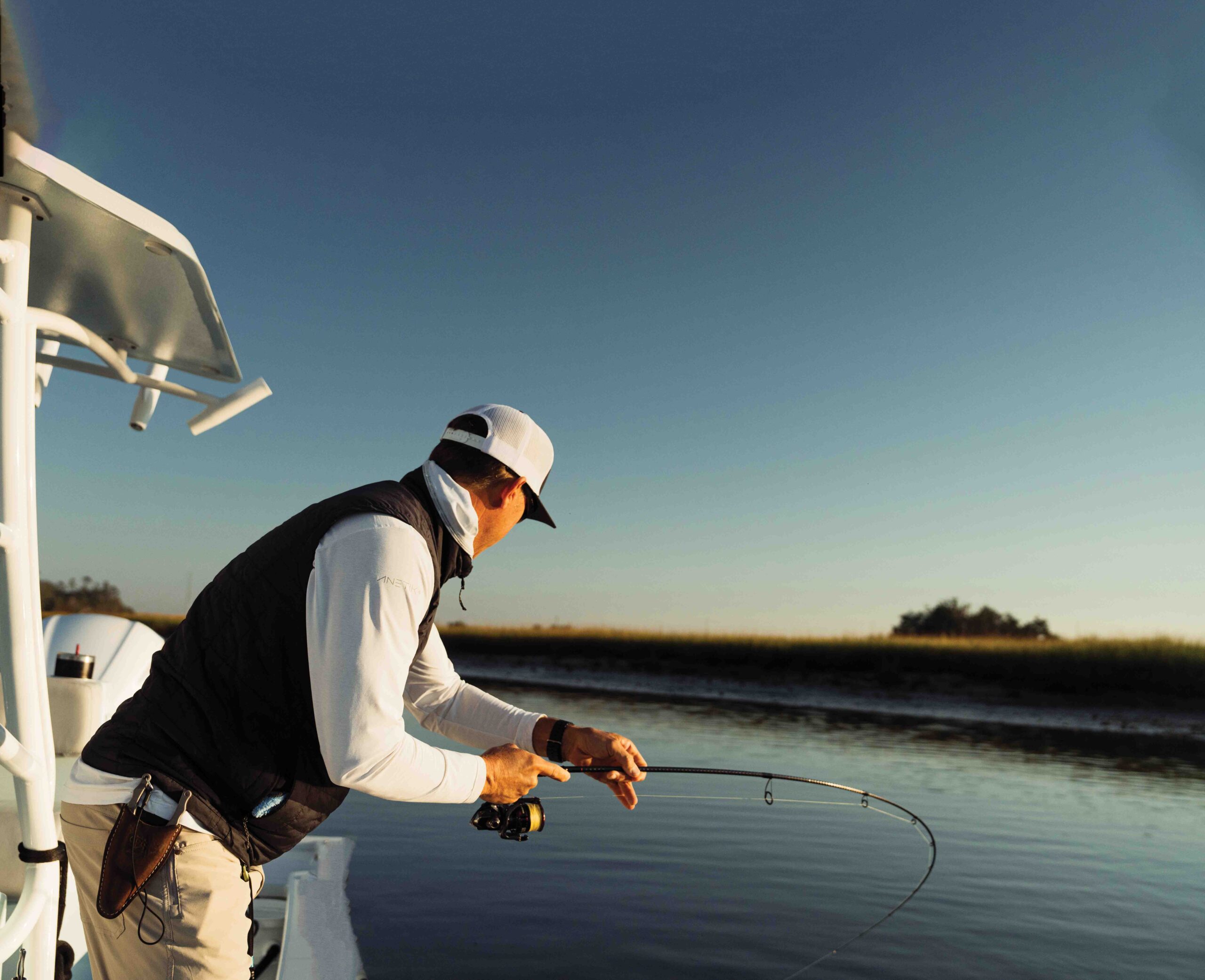
Following the tides and angling for redfish in Lowcountry creeks and estuaries with Captains Brian Vaughn and Will Stephens Story by Sandy Lang It is a sunny morning in October and the water is calm and glassy. The silence is punctuated by a gush of breath f...
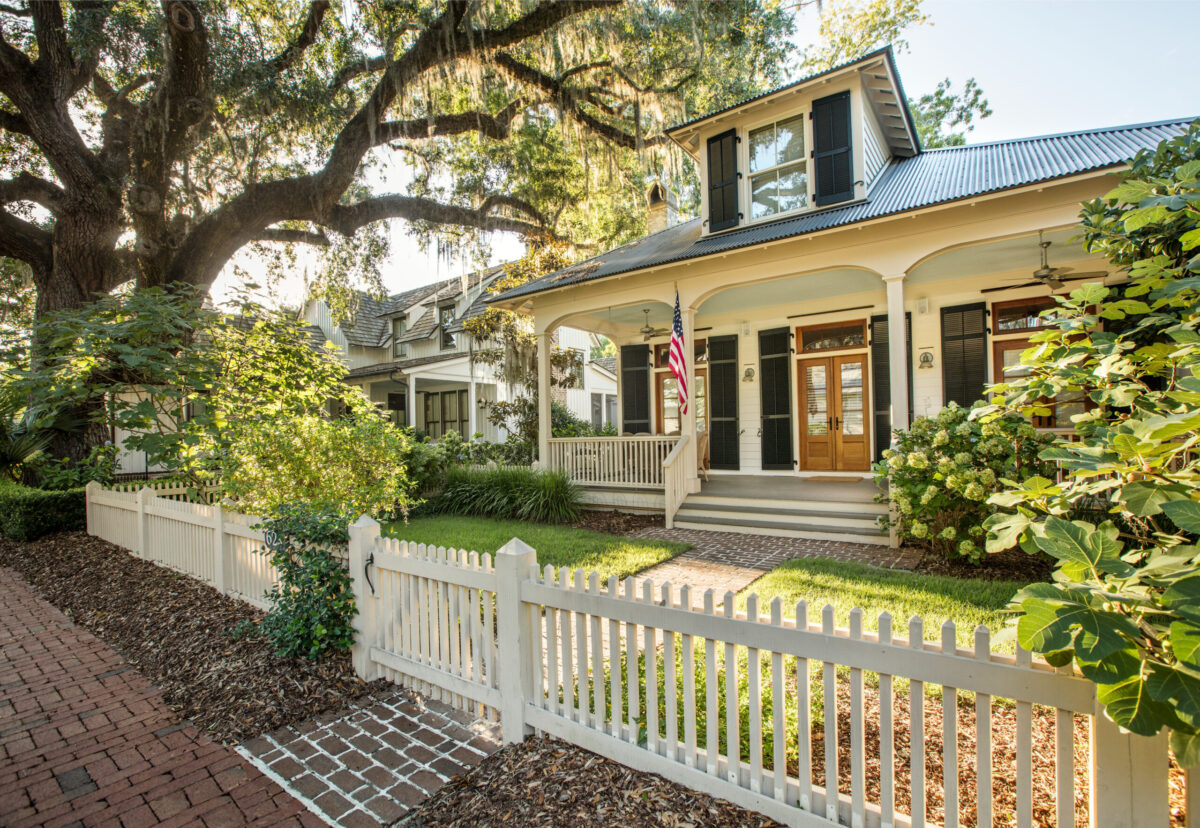
7 Ways To Upkeep Your Palmetto Bluff Home As spring arrives in the Lowcountry, the change in season brings more than blooming marshlands and sun-drenched afternoons; it’s also a perfect time to refresh and care for your Palmetto Bluff home. Coastal living mea...

When the land speaks, you listen. And at Palmetto Bluff, it spoke to two of golf’s most legendary course designers—Bill Coore and Ben Crenshaw. We invite you to watch our newest video, shot this past winter and featuring Bill and Ben, along with South Street P...
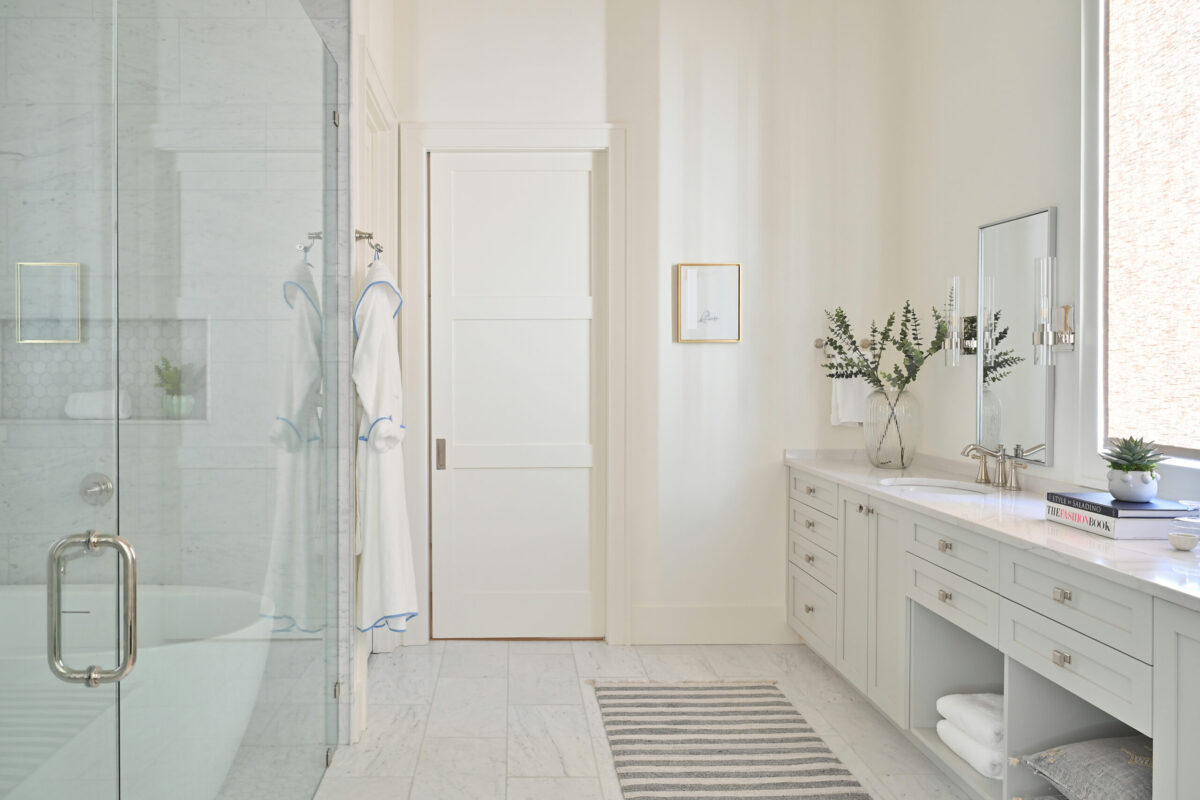
5 Renovations to Increase the Value of Your Lowcountry Home Whether Palmetto Bluff is your full-time residence or a cherished retreat, deciding to sell is never a quick or casual choice. However, when the time does come, you want your home to be as market-rea...
Learn about the Palmetto Bluff Conservancy and how we keep the vision of our land in place.
On land or water, there is an ever-evolving variety of activities.
We do not attempt to independently verify the currency, completeness, accuracy or authenticity of the data contained herein. All area measurements and calculations are approximate and should be independently verified. Data may be subject to transcription and transmission errors. Accordingly, the data is provided on an “as is” “as available” basis only and may not reflect all real estate activity in the market”. © [2023] REsides, Inc. All rights reserved. Certain information contained herein is derived from information, which is the licensed property of, and copyrighted by, REsides, Inc.